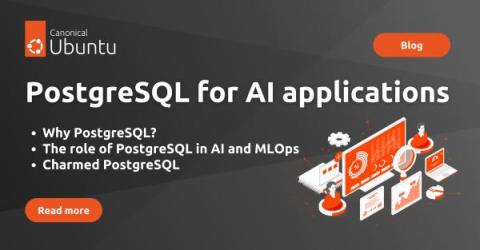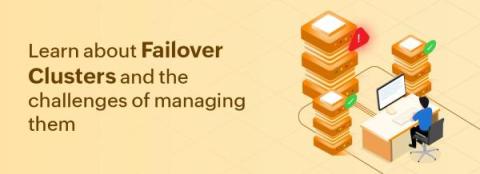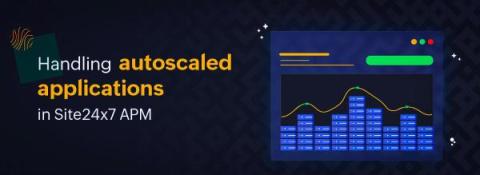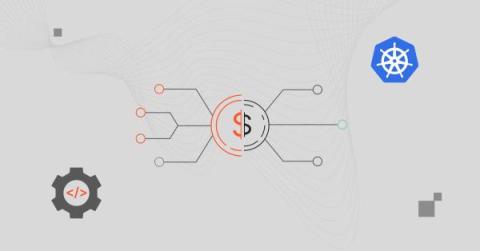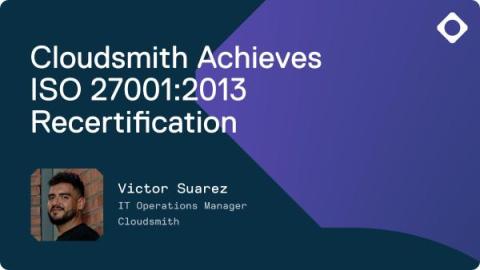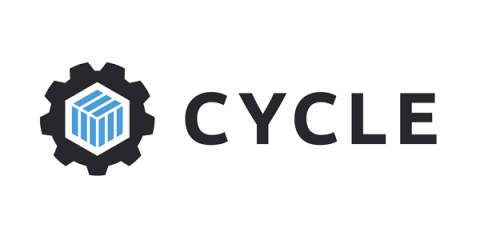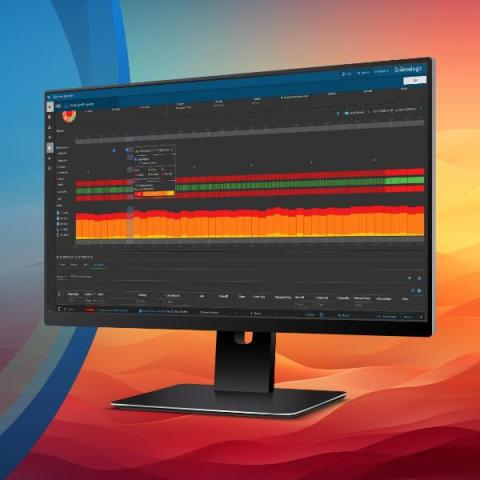PostgreSQL for AI applications
If you’re working with AI, you’re working with data. From numerical data to videos or images, regardless of your industry or use case, every AI project depends on data in some form. The question is: how can you efficiently store that data and use it when building your models? One answer is PostgreSQL, a proven and well-loved database that, thanks to recent developments, has become a strong choice to support AI.


